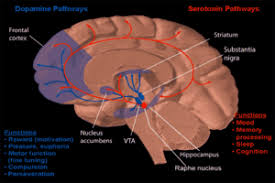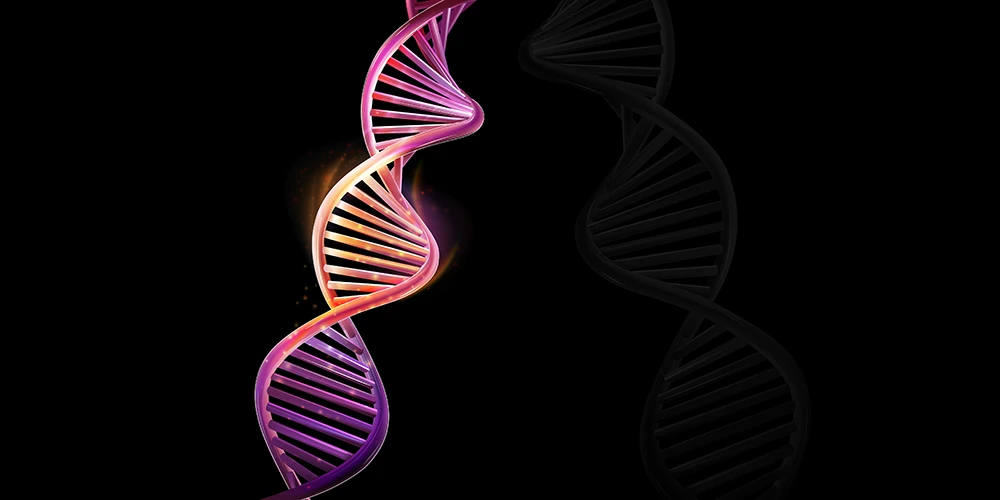How Dynamic Streaming Potential Can Take Formulation Science to the Next Level — Free Webcast

What physico-chemical properties do your formulas have? Will they remain stable? Do their viscosities, performance, etc., endure changes in pH or temperature?Physico-chemical property analysis is one way to predict their behaviors. As ingredient supplier Seppic explains on its website, "physico-chemical tests are used to characterize properties, anticipate behavior in formulation and measure performance . .. under real usage conditions." The company adds that such tests also help to optimize the ingredient or formula structure, guiding the product developer to make adjustments that achieve the functionality and behavior desired by end users.More specifically, as Calixto and Maia Campos report, rheological, texture and sensory analyses are important to understanding the behavior and stability of formulations. Cheung, et al., even proposed the creation of products based on their constituents and microstructure, rather than traditional trial-and-error and screening formula var...






